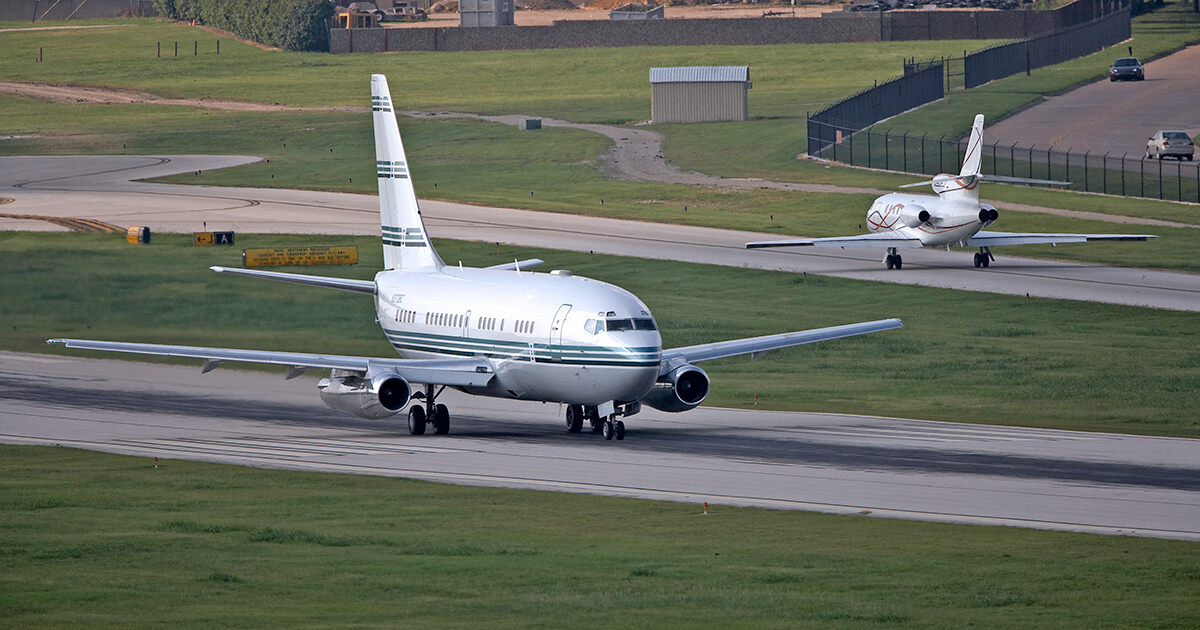
April 26, 2021
The recent European Union Aviation Safety Agency’s (EASA) annual Ramp Inspection Forum provided an opportunity for NBAA to again weigh in on the agency’s Ramp Inspection Program (RIP), which includes new and legacy provisions that have caused confusion among U.S. operators flying into the region.
NBAA Senior Vice President, Safety Security and International Affairs Doug Carr was on hand for the session, as was NBAA’s Director, Flight Operations and Regulations Brian Koester, CAM.
At the start of the session, EASA officials announced the introduction of new guidance for ramp inspectors, resulting from NBAA’s long-time advocacy with the agency.
Now, inspections of aircraft flown by NBAA members into European Union member countries – plus Iceland, Norway, Switzerland and any country with which EASA has an agreement regarding its RIP – will be performed under specific considerations for general aviation operations. Previously, the agency relied on inspectors to interpret the applicability of commercial aviation instructions during general aviation inspections, leading to frequent concerns about applicability.
The question of applicability has stemmed in part from differences between the inspection paperwork required by EASA, versus the documentation required by the Federal Aviation Administration (FAA). NBAA has long advocated for reconciliation of the required documents, and has a resource for ensuring compliance.
“EASA is updating its existing Ramp Inspection Manual to include guidance for inspecting general aviation operations, which will help inspectors evaluate appropriate requirements for our operators,” said Doug Carr. “The update, which EASA says will be published soon, will be useful to general aviation operators in avoiding potential findings for standards which are only appropriate for commercial operators.”
The forum also focused on recent changes in alcohol testing mandates. EASA alcohol testing requirements went into effect in February, after a six month delay due to the pandemic. Learn more about the alcohol testing mandates.
Inspectors can conduct an alcohol test in conjunction with or independently from a full ramp inspection. Inspectors will receive training in administering the test, hygienic processes and de-escalation practices. Importantly, EASA states that an alcohol test does not count as a ramp inspection.
This testing may be new to operators and pilots who haven’t been traveling internationally over the last year. Crewmembers have specific rights in the process, including requesting a witness and a full briefing of each test, and local law enforcement may be involved. Refusal to test is treated the same as a positive test result.
“EASA has implemented alcohol testing procedures and developed related guidance and protocols, which are thorough and appropriate to the sensitive nature of this type of testing,” said Koester. “For example, they are asking inspectors to conduct tests out of view of passengers, and if a positive test occurs, a second test should be conducted 15-30 minutes later to avoid false positives due to mouthwash or other products. Crewmembers should become familiar with their rights before their next trip to a country participating in the RIP.”
The FAA is in early discussions with EASA to explore participating in the RIP. The RIP is a significant source of safety data, which the FAA would like access to in order to identify risk and improve safety. While the FAA would gain insight into risks associated with foreign operators entering the U.S., the agency will be expected to contribute similar information for other civil aviation authorities. NBAA continues to explore the role that this data sharing agreement would play in FAA’s domestic inspection efforts.


 International Business Aviation Council Ltd.
International Business Aviation Council Ltd.